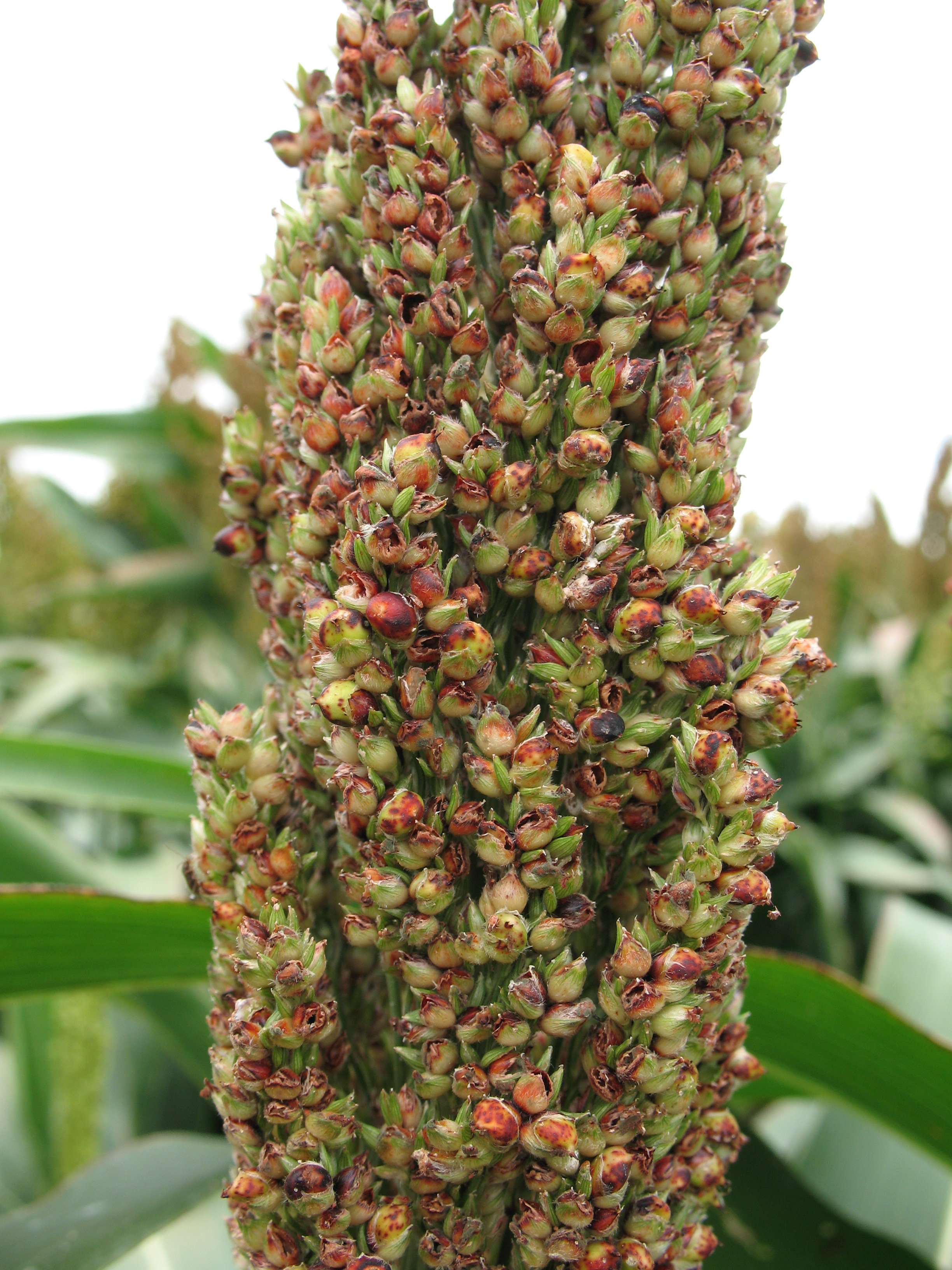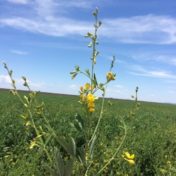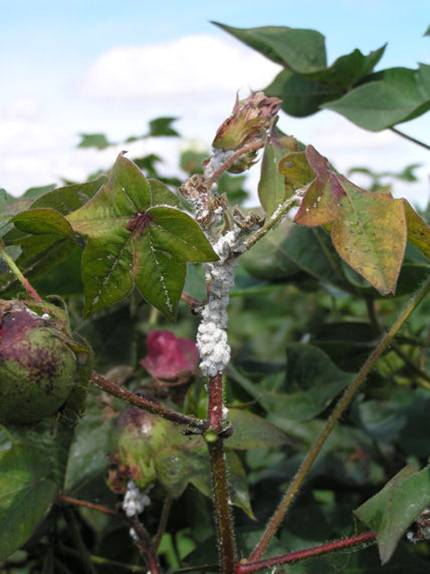Rutherglen bug (RGB) numbers are persisting in many sorghum crops as they start to reach physiological maturity. Queensland Department of Agriculture and Fisheries (DAF) research has shown no evidence of yield loss as a result of direct feeding on grain once it reaches physiological maturity (black layer). However, because most crops this year have staggered head emergence, there are a… Read more »
With the current season shaping up to be one of high insect pressure, we may see silverleaf whitefly (SLW), Bemisia tabaci reach problematic levels in regions outside of their traditional range. For growers and agronomists not familiar with their control it is worth investing some time to understand how one of the main registered insecticides, pyriproxyfen, works. What is pyriproxyfen?… Read more »
Pigeon peas represent about 80% of the refuges cultivated to offset Bollgard cotton in Australia due to the land area use efficiency of this option. However, over the years, varietal mixing and continual recycling of seed from undamaged refuges has resulted in peas that flower later in the season, increasingly lacking synchrony with Bollgard’s boll setting period, thus reducing the… Read more »
Solenopsis mealybug can be found throughout Queensland’s cropping areas and has also been confirmed in Western Australia, the Northern Territory and Victoria. Whilst solenopsis has not yet been confirmed in NSW cotton crops it would be reasonable to assume that it is likely to be present in the broader landscape and it is only a matter of time before it… Read more »
Large flights of helicoverpa over the last 2 weeks (or longer in some districts) have seen significant eggs lays and larval populations in winter crops, including the winter cereals. It is not unusual to find both corn earworm and armyworm in cereal crops. Correct identification of the species present is very important as it influences damage potential and choice of… Read more »
Helicoverpa punctigera numbers in pheromone traps look to be on the increase through September. The continued migration of H. punctigera through spring is likely, if suitable weather systems occur, and it is likely that all susceptible crops (chickpea, canola, faba beans, spring mungbeans, spring sunflowers) will experience helicoverpa pressure through October and November. Peter Gregg and Alice Del Socorro (University… Read more »
Over the next few months, you have the opportunity to have weed seed collection and resistance testing undertaken on your farm by the Queensland Department of Agriculture and Fisheries (DAF). The Grain Research and Development Corporation (GRDC) has contracted DAF to undertake the survey of weeds and herbicide resistance on grain-producing farms throughout Queensland. The winter crop survey will… Read more »
A devastating disease was observed in several paddocks of soybean crops in the Branchview area of the Darling Downs in late autumn 2016. Almost 100 percent of plants were affected in some paddocks. The affected plants produced no, or very few filled pods and instead had a proliferation of tiny immature pods as shown in Photos 1 and 2. The plants… Read more »
Determining stored pest status in a silo full of grain can be a bit like finding the proverbial needle in a haystack, but a pilot study by the Queensland Department of Agriculture and Fisheries on two farms in Southern Queensland indicated that a combination of sampling methods may provide a more accurate picture of pest species present. Increasing on-farm storage… Read more »
Key points Conditions suitable for the usual cereal aphid species will also be suitable for RWA. Aphid populations typically build rapidly in late July and August. Do not assume aphids in cereals are just the usual oat and corn aphid. In the event of a Russian wheat aphid (RWA) infestation, early detection in spring is critical to prevent yield loss…. Read more »



